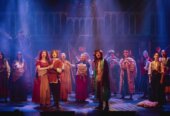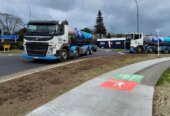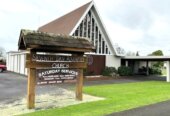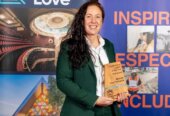An old saying goes, “a picture is worth a thousand words.” That is, a visual image conveys thoughts and concepts a thousand times more effectively than any verbal description.
For example, describing how a relative from generations back might have looked, is simplified if an old family photograph exists. Photos, older ones particularly, provide insight and context into the lives of our forebears – they offer us graphic record of world events, of a nation’s past. They document notable happenings, the calamities of war, sorrowful occasions and triumphant celebrations… they are reminders, linking us with our past, our origins.

Murray Smith
It was about six months before the signing of the Treaty of Waitangi in February 1840, that black and white photography burst on the scene introducing a wonderful new instrument for ‘recording’ history. But it wasn’t really until the 1860’s that New Zealand photographers began to use this technology to document life going on around them as it happened.
Until the 1950’s and into the 60’s when advances in colour technology soared, we had lived on a black and white diet of photography. How things have changed.
Viewing old black and white (or monochrome) single colour photographs, offers fascinating glimpses into a life that has forever gone. I have early photographs of both my grand and great-grandparents to remind me of this.
One image I’m particularly drawn to is of my grandfather- Hugh N. Smith. He looks handsome sporting a big bushy moustache, dressed smartly, complete with hat, sitting in a horse drawn carriage. Pencil notes visible on the photo, state the year as 1918 and names another gentleman as a Mr A. Gould. Even the two horses’ names are noted.
I never knew this grandfather. He died tragically in an accident on a construction site when my father was a toddler – thus my Dad never knew him either. Growing up I had heard about my grandfather being a good person. In his thirties when he died, he was a reputable man of stature, a loving husband and father to his little boy, an accomplished builder, musician and a man who cared about others.
But the photo I refer to, communicates lots more about him. He’s sitting on what was known as the ‘Bible Carriage’. This was a ministry sponsored by the Open Brethren churches and supported by volunteers who travelled considerable distances into the provinces to bring the gospel message. A key focus was to reach Māori who in that era, were concentrated in rural areas where their culture, language and way of life was largely hidden to many pakeha.
The photo delights me. It speaks of Grandpa Hugh’s zeal for others to find their best life. The sign-written quote on the side of the Carriage says “I mate a te Karaiti mo o tatou hara” (Christ died for our sins). Clearly, he valued his faith enough to share it.
What things might we be remembered for? In time, will old photos confirm the values you lived by? May God enable you to leave an eternal legacy of good… picture that!
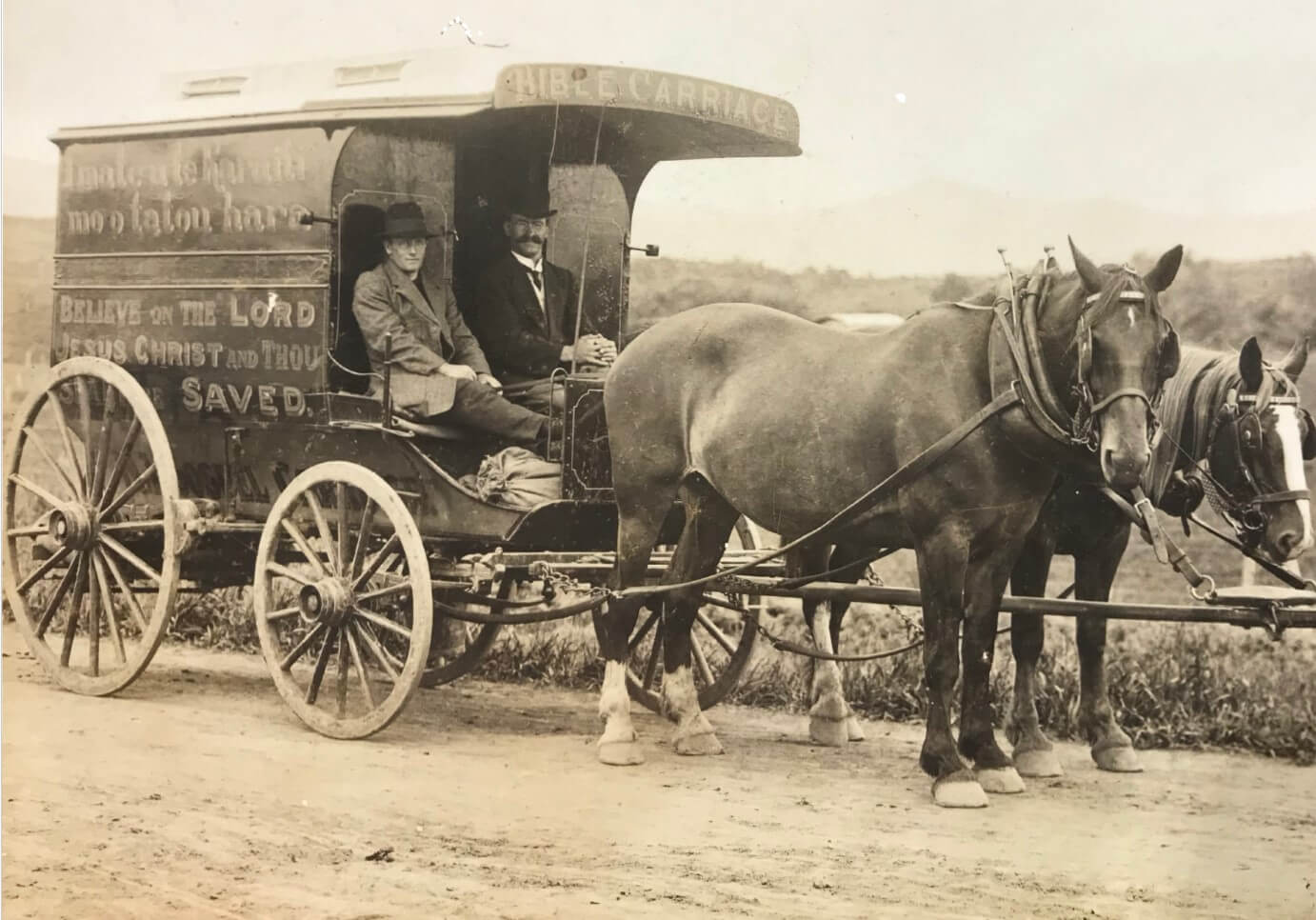
Grandpa Hugh on the Bible Carriage.





